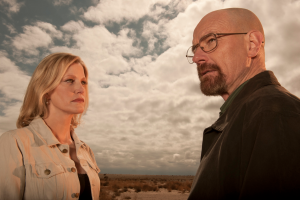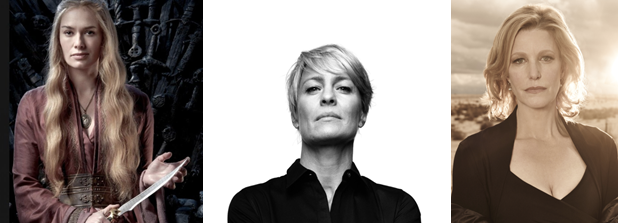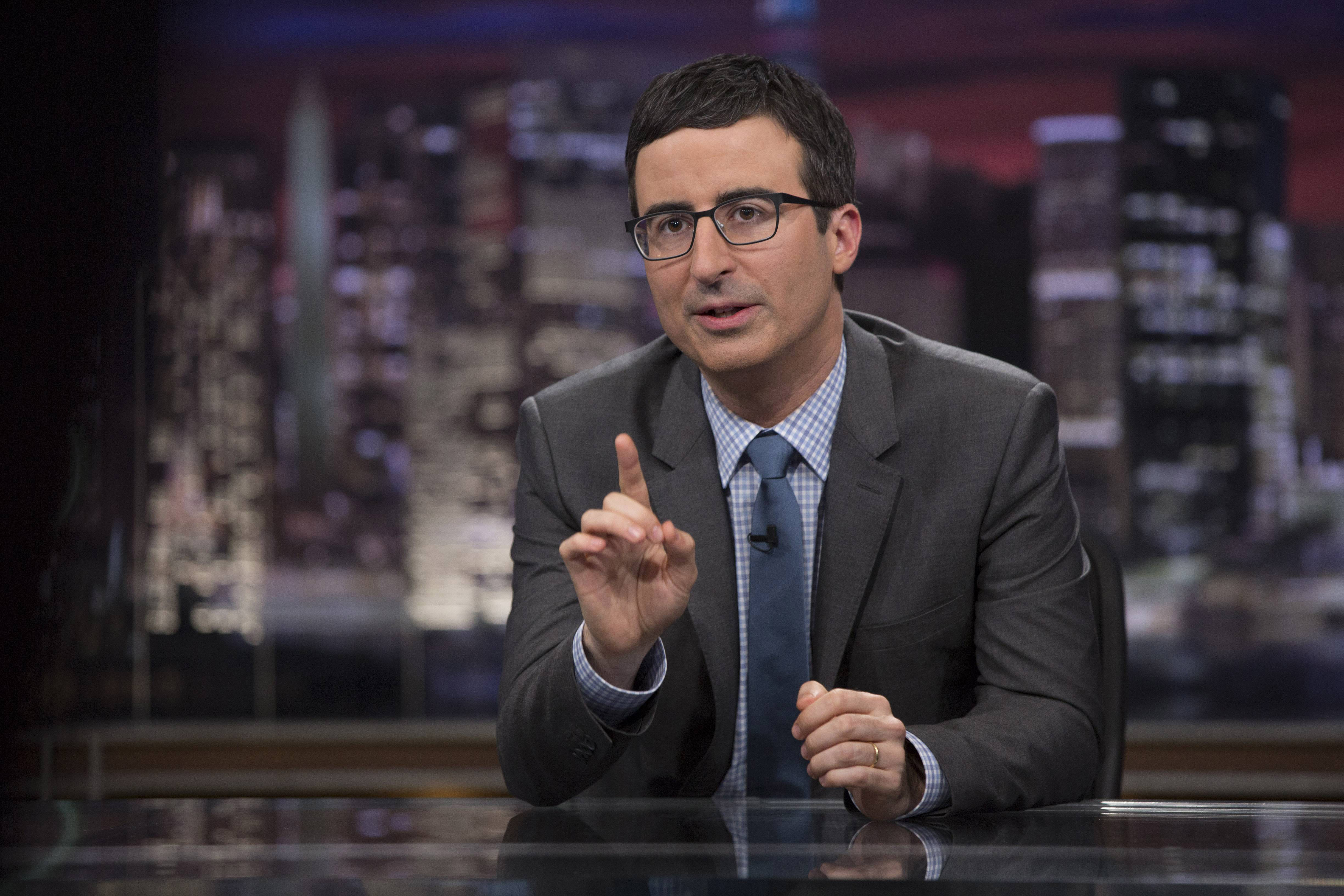In this post-Tony Soprano, “Golden Age of Television,” anti-heroes on television are more popular now than ever before. However, what is increasingly noticeable with these so-called “anti-heroes,” – that is, characters who fit neither the traditional hero or villain roles – is that they are by and large, male characters. Anti-heroes are notoriously likable, for all the wrong reasons. People rooted for characters like Tony Soprano (The Sopranos), Frank Underwood (House of Cards), and Walter White (Breaking Bad) to succeed in their plans, despite the immoral means to the respective ends, in a way that they do not root for the female counterparts of these male anti-heroes. Female characters like Skyler White (Breaking Bad), Cersei Lannister (Game of Thrones), and Claire Underwood (House of Cards) are frequently met with vitriol from fans of those shows on social media and in person. In this Golden Age of Television, we see the rise of male anti-hero, and alongside it, the struggle of the female anti-hero.
So first, what makes a character an anti-hero and not a villain? An anti-hero is a hero or protagonist that usually has a flawed moral compass. Usually, an anti-hero is a character who is willing to do immoral, sometimes downright evil, things in order to reach an end – most often, some sort of justice. It also seems that the audience’s response defines the blurry line between evil and understandable. The audience understands Walter White’s motives for becoming a drug lord, and thereby creates within that character a sympathy from the audience that does not exist within villains. However, what makes male anti-heroes more sympathetic than female anti-heroes? Why are Walter White’s morally reprehensible actions more justifiable than say, those of Cersei Lannister, whose motivations are also rooted in the protection of her family? Instead of having the support of the audience, anti-heroines are reviled for being unlikable, for not being pigeonholed as “the love interest,” or the prize to be won at the end of the hero’s journey. Or even more common, they do not fit in the harmful virgin/whore dichotomy, or the endless other shallow TV tropes thrust upon female characters in television.

Instead, these women take on characteristics traditionally reserved for male characters. They are not trying to be likable, that so desired trait that all women are trained to achieve. Instead, they capitalize on the ugliness and the darkness that male characters have been able to get away with since the rise of the anti-hero. This evolution of a character can be interpreted as threatening to the traditionally subservient gender role of women that has been reflected in television shows for decades. This deferential role has served male characters and allowed them the bulk of the character development in any given storyline. For instance, in Breaking Bad, Skyler White is given little to do in the plot other than play the wife of Walter White for the time that she is unaware of his secret life. Audiences react to Skyler as if she is “whining” or “nagging” Walter while his character further delves into his own darkness with abandon. Skyler eventually discovers his secret and is left to discover her own vulnerabilities and inner darkness, through a stand-out performance by Anna Gunn. However, she was never fully appreciated by fans or by the other characters in the show for her sacrifices and self-discovery, because her independence and self-definition threatened the power that Walter had over their family. In fact, Skyler White was so hated by Breaking Bad viewers that Anna Gunn, the actress who played her, wrote an op-ed in the New York Times about her experience being one of the most hated characters on television. She notes that this was largely because audiences had to grapple with their ideas of women and their roles, especially in the home, as wives and mothers.
On the other hand, there are female anti-heroes like Claire Underwood and Cersei Lannister, whose ambition isolates them from being traditionally feminine or ‘likable’. Claire Underwood, the wife and partner-in-crime of Frank Underwood from House of Cards, often goes against Frank in order to further her own machinations and status independent of Frank. Cersei Lannister, on the other hand, has no notion of even pretending to work with her male counterparts on Game of Thrones, instead acting completely independent of them in order to protect her own status and her family. Similar to Skyler White, they do not fall back behind their male counterparts, instead taking advantage of opportunities to further their own station, often using underhanded, political tactics. Claire and Cersei are more preoccupied with their status in the world, and becoming truly independent from their husbands, brothers, fathers, etc. while Styler is more concerned with the moral consequences that Walter could – and does – bring upon her family. Claire and Cersei face similar vitriol and contempt from fans as does Skyler and for similar reasons as well: these characters challenge not only male characters, but also the audience’s preconceived notions of gender roles as portrayed on the screen.

Perhaps this challenge is in reaction to evolving production quality of television currently, especially in terms of quality of writing, plot and character development. Now, in the ‘golden age of television’ – in which there is an abundance of high-quality, critically-acclaimed programs – female characters can finally begin to be written with the same complexity and quality storytelling as the average white male character. This is a step in the right direction concerning the representation of more minority characters in television.
It may be that these female characters in particular are not the submissive, obedient wives that will follow their husbands and only help to boost the surrounding male characters’ storylines, but instead are written with complexity and given equal stature to their male counterparts. Perhaps this atypical approach to female characters is the reason for the contempt that these ant-heroines are faced with. As Foz Meadows from The Mary Sue – an online publication dedicated to feminist entertainment – so eloquently put,
And so, our treatment of morally ambiguous female characters ends up paralleling some truly toxic assumptions about gender and morality. Women cannot act to redeem themselves independently, because under far too many laws, our need of redemption voids our right to try and reacquire it. Good women can redeem broken men, but good men can’t redeem broken women, because once we’re broken, we lose our virtue; and without our virtue, we’re no longer women, but monsters, witches and viragos.
The female anti-hero is a rare, but burgeoning popularity among well-written television; they refuse to let themselves be pigeonholed into flat, clichéd tropes that serve no real purpose other than to supplement the men’s storylines. They are allowed to be unlikeable, and authentic in that unlikeability. They do not fit into the traditional virgin/whore dichotomy and allow for female viewers to finally see well-rounded, realistic female characters that are equal to their male counterparts. Hopefully, we will see more of these complex female characters, and viewers will be forced to confront obsolete preconceived notions of gender roles that will allow for better representation in television storytelling.
Photo Credit: HBO; Netflix; AMC


